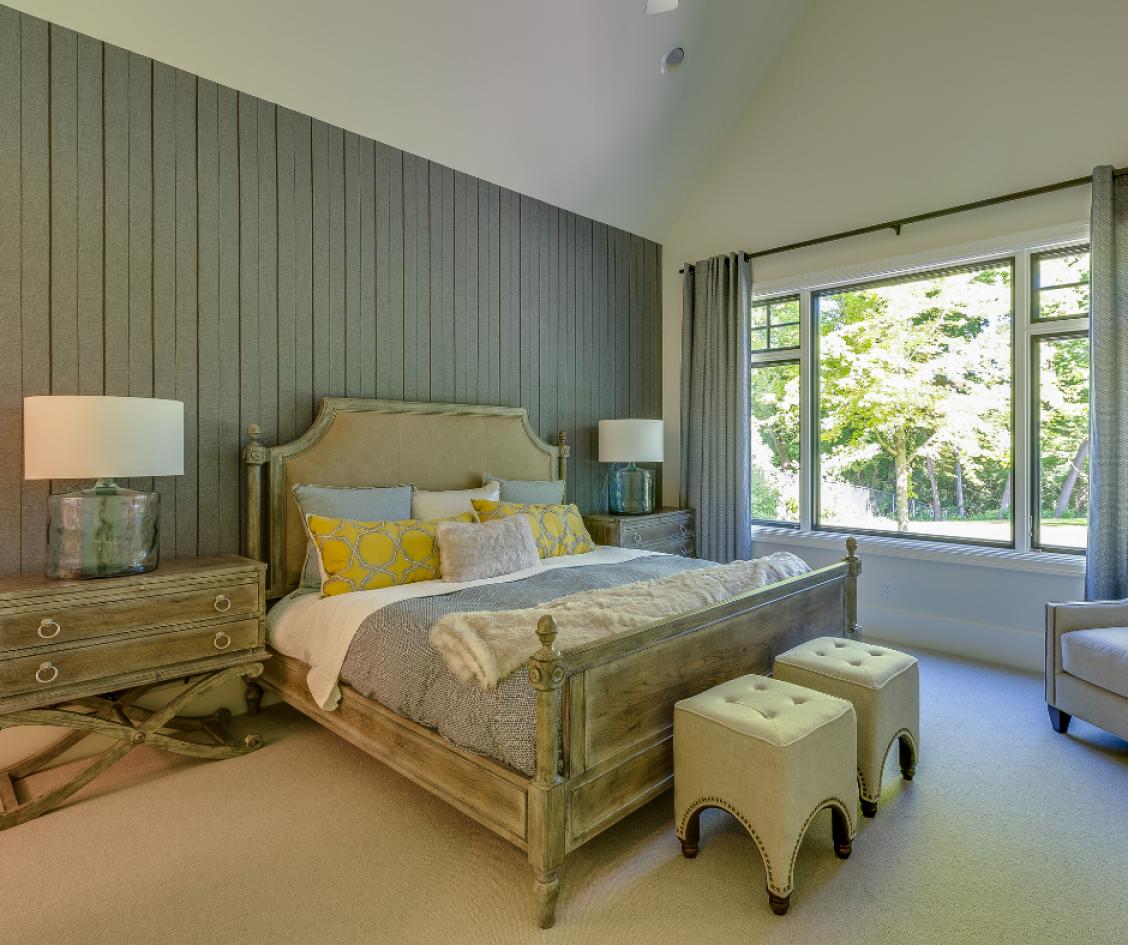Creative Window Solutions for Small Spaces

Using windows to their most potential in compact rooms demands imagination and thoughtful design. Appropriate window solutions can dramatically improve a small room's appearance, use, and atmosphere. With the correct window designs, creative treatments, and creative décor ideas, homeowners can make small spaces feel light, airy, and welcoming. This post examines a number of inventive window solutions made with optimizing little spaces in mind.
Maximizing Natural Light with Strategic Window Placement
Making the most of natural light is one of the best methods to give the impression that a tiny space is larger. This is when strategically placing windows comes into play. The eye can be drawn upward by placing windows high on the wall or close to the ceiling, giving the impression of larger spaces and taller ceilings. If you have a room with little wall space, skylights and roof windows are great choices. They add an abundance of natural light to the space without taking up important wall space.
Another creative fix are corner windows. Windows at the corners of a room let light in from several angles, which lessens shadows and gives the area a feeling of openness. Additionally, think about placing transom windows above other windows and doors. These tiny, horizontal windows can be a visually pleasing architectural element and provide additional light.
Selecting Appropriate Window Styles
The windows you select can have a big impact on how big you think a tiny room is. Casement windows provide unhindered views and can be fully opened for optimal ventilation, making them perfect for tiny areas. They open outward on hinges. Additionally, its sleek style goes well with minimalist and modern environments.
Sliding windows are yet another great option for compact spaces. They are ideal for locations where every inch matters because they don't need any extra room to open. A large view of the outside is another benefit of sliding windows, which increases the feeling of openness and connection to the outside.
Small areas benefit greatly from awning windows, which open outward from the bottom, particularly in bathrooms and kitchens. In order to conserve important wall space, they can be positioned higher on the wall, allowing for natural light and ventilation.
Creative Window Treatments
In small areas, window treatments can create a big impact. Sheer, light-colored drapes or blinds bring in natural light while providing privacy. Roman shades are a great choice since they can be drawn all the way up during the day to optimize light and all the way down at night to provide seclusion.
A further inventive fix is to utilize window films. These films come in a variety of patterns and styles and can provide privacy without obstructing natural light. Films with textures or frosted edges can also give the windows a decorative touch.
Installing window seats or built-in shelving around windows is a multipurpose solution. Not only do these extensions provide more storage and comfortable corners, but they also maximize the area surrounding the windows, making them the center of attention.
Enhancing Views and Creating Illusions
Improving the view outside your windows can make a big difference in how spacious a tiny room feels. Using huge windows to frame views of your garden or beautiful outdoor space can let the outside in and give the impression that the space is larger. Carefully planning the landscaping or adding eye-catching elements outside the window can enhance the overall view, even if it is not a very picturesque one.
Another method for giving the impression of spaciousness is a mirror. By reflecting natural light and the view, a mirror placed next to a window can double the perceived space. A similar effect of adding ornamental mirrors on nearby walls or mirrored furniture can be used to increase light and openness.
It can be difficult to create a welcoming and useful area in a small room, but it can be done with ease if the correct window solutions are used. Compact spaces can be made bright, airy, and spacious by optimizing natural light through thoughtful window placement, proper window style selection, creative window treatment applications, and views enhancement. These inventive fixes not only make little places look better, but they also make them more comfortable and useful, which makes them enjoyable to live in.


